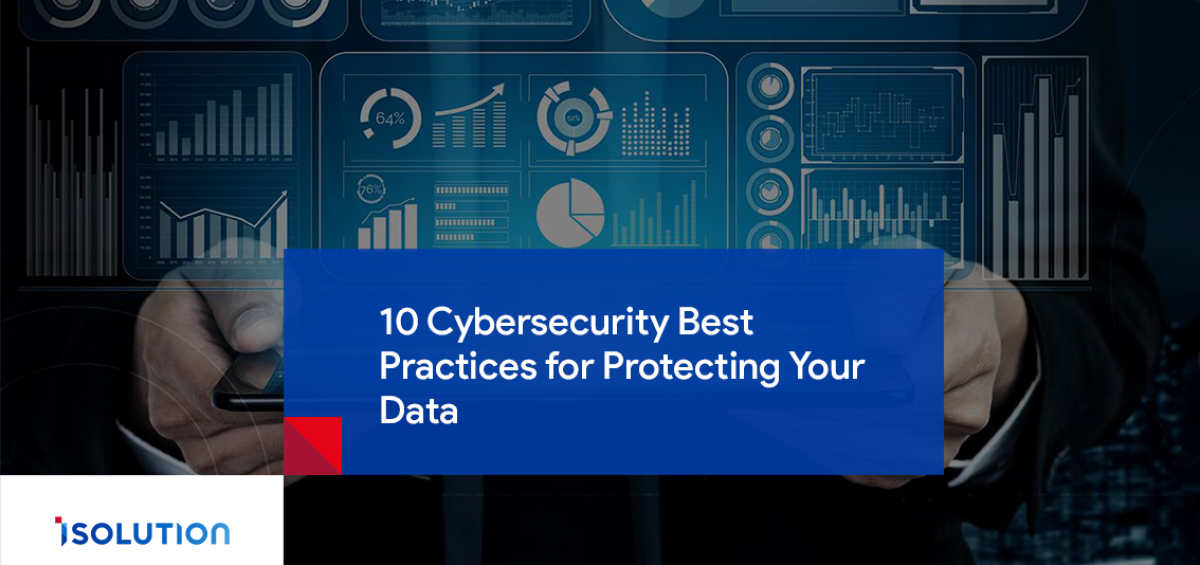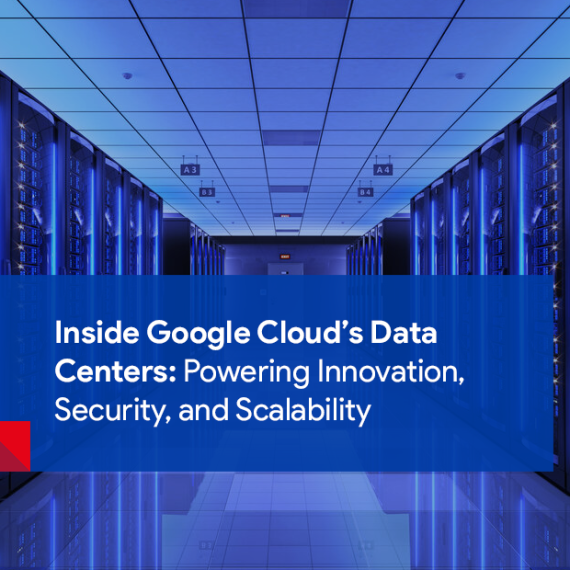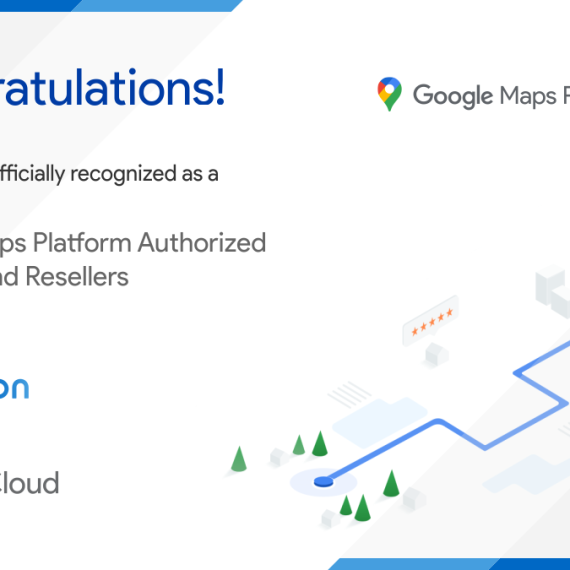In the age of digital transformation, safeguarding your data is not just important, but it’s critical for survival. With cybercrime projected to cost the world $10.5 trillion annually by 2025, This staggering number underscores why treating cybersecurity as an afterthought is no longer an option; it’s a necessity. Whether you’re running a business or protecting your personal devices, the message is clear: cybersecurity isn’t optional.
Gone are the days when basic security measures were enough. You need a robust, proactive cybersecurity strategy that includes everything from robust passwords and regular software updates to advanced network security tools and employee training. The more layers of protection you have, the harder it is for cybercriminals to penetrate your systems.
In this article, we will dive into 10 critical cybersecurity best practices that can help you protect your data and stay ahead of evolving cyber threats.
-
Regular Security Assessments and Penetration Testing: Know Your Vulnerabilities
The first step in safeguarding your data is understanding where your weaknesses lie. Conducting regular security assessments helps you evaluate your current defenses, while penetration testing simulates real-world attacks to find vulnerabilities before hackers do. In fact, companies that regularly test their systems have been found to reduce their risk of a data breach by 70%.
Regular assessments and testing give you insights into what needs to be fixed, allowing you to stay proactive rather than reactive.
-
Strong Passwords and Multi-Factor Authentication (MFA): Layer Up Your Security
Passwords are often the first line of defense against cyberattacks, but weak passwords make it easy for hackers to break in. A staggering 81% of data breaches are due to poor password security. You can minimize this risk by implementing strong password policies that require complex combinations and changing them regularly.
Moreover, combining strong passwords with Multi-Factor Authentication (MFA) adds an extra layer of protection. MFA ensures that even if passwords are compromised, an additional verification step like a fingerprint or SMS code is required.
-
Keep Software and Systems Updated: Don’t Let Old Software Be Your Downfall
Outdated software is a hacker’s dream. Cybercriminals actively look for unpatched vulnerabilities in old systems. According to a Cisco report, 75% of cyberattacks are linked to unpatched software vulnerabilities. Keeping your operating systems, applications, and firmware up to date is crucial to staying secure.
-
Firewalls and Network Security Tools: Fortify Your Network’s Borders
Firewalls act as gatekeepers for your network, blocking unauthorized access and filtering out potentially dangerous traffic. They form a robust defense mechanism with network security tools such as intrusion detection systems (IDS) and intrusion prevention systems (IPS).
According to Sophos, organizations that use comprehensive firewall and security tools experience 30% fewer data breaches than those that don’t. Make sure you employ advanced tools to protect your network’s borders and monitor for suspicious activity.
-
Develop and Test a Disaster Recovery Plan: Be Prepared for the Worst
No matter how strong your defenses are, there’s always a chance that something could go wrong. Having a well-defined disaster recovery plan (DRP) is crucial. Your DRP should outline the steps to recover lost data, restore critical operations, and minimize downtime in the event of a cyberattack or breach.
It’s not just about having a plan; you must regularly test it. A FEMA study found that 40-60% of small businesses never reopen after a disaster, many because they didn’t have a functional recovery plan in place.
-
Monitor Networks for Suspicious Activity: Stay Ahead of Threats
Cyberattacks often go unnoticed for weeks or months, making real-time network monitoring critical. By using tools like Security Information and Event Management (SIEM), you can constantly analyze traffic and detect potential security threats before they escalate.
According to Cisco, businesses that actively monitor their networks reduce the cost of a data breach by $1.23 million on average.
-
Principle of Least Privilege: Limit Access, Limit Risk
Not everyone needs full access to all data and systems. The principle of least privilege ensures that users are only granted the minimum level of access required for their tasks. This limits the potential damage caused by compromised accounts.
By adhering to this principle, organizations can reduce the risk of insider threats by 80%, according to a Gartner report. Apply this principle to minimize exposure to internal and external risks.
-
Endpoint Security and Physical Data Protection: Safeguard Devices and Data Centers
With the rise of remote work, endpoints like laptops, smartphones, and tablets have become critical targets for cybercriminals. Using endpoint security solutions like encryption, anti-malware, and mobile device management (MDM) tools can help protect these devices from attacks.
Additionally, it’s essential to ensure the physical security of your data. Devices should be stored in secure, locked locations, and access to sensitive data should be restricted to authorized personnel.
-
Secure Wi-Fi Networks: Avoid Public Wi-Fi Risks
Public Wi-Fi networks are notorious for being insecure. Cybercriminals can easily intercept data transmitted over these networks, putting your sensitive information at risk. Always avoid accessing confidential files or performing sensitive transactions on public Wi-Fi.
If you must use public Wi-Fi, employ a Virtual Private Network (VPN) to encrypt your data and protect your privacy.
-
Security Awareness Training: Developing a Cyber-Aware Workforce
According to Proofpoint, human error remains a major cause of cyberattacks, with 85% of breaches involving human interaction. Regular security awareness training helps employees recognize threats like phishing scams, malware, and suspicious activity.
When your workforce is trained to spot and report potential risks, it acts as an additional layer of defense against cyber threats.
In conclusion, protecting your data from cyber threats requires a multi-layered approach. From conducting regular assessments to training employees and securing your network, each practice is critical in fortifying your defenses.
By following these cybersecurity best practices, you can avoid threats and ensure your data remains safe and secure. Remember, a proactive strategy is always better than scrambling to pick up the pieces after a breach.







Leave a Comment